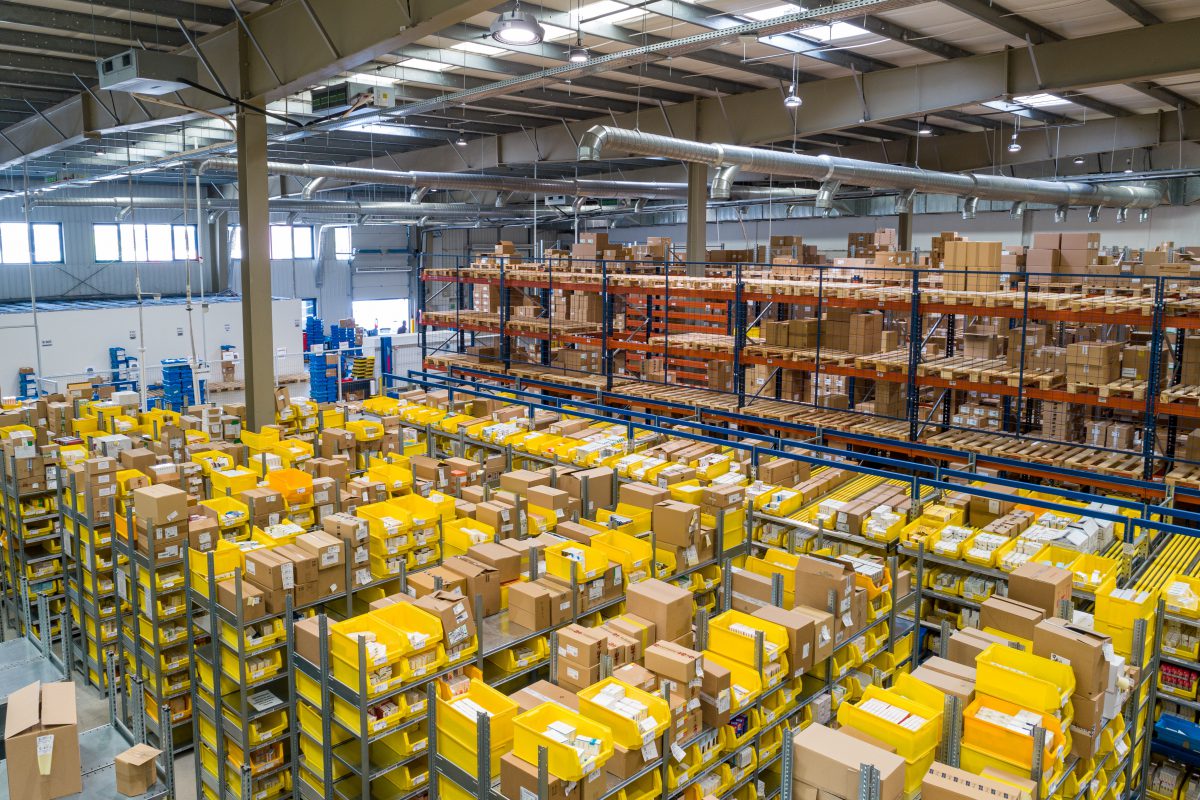Storing fruits and vegetables is always a tricky affair, especially when it’s in bulk. Gauging when they are ripe can be very hard, and it often seems that they are always teetering on the edge of going overripe or start rotting.
While they do last longer and stay fresher when refrigerated, it is important to do so carefully. Not only do you have to keep it away from the direct cold air, but you should also store them with several important precautions in mind, so as to prolong their freshness as much as possible.
To know how to best store fruits and vegetables in cold storage and warehousing situations, read our article below.
Why Store In Cold Storage
Before we move on to telling you how to use cold storage, it is important to know the why.
- First off, cold storage prevents the growth of bacteria, fungi, mold, and other pathogens. The cold temperatures are unsuitable for the growth of such organisms, which means that your produce will be safe and far away from foreign elements when inside a cold storage system.
2. They also help keep the vegetables and fruits fresher and crisper. Once they’re torn from the tree, produce begins to lose its freshness and it keeps going down as it goes from producer to retailer and then to the customer. When stored safely in the cold storage, the produce can maintain its freshness and remain delicious and nutritious for several days.
3. Another great thing about cold storage is that you can modify and customize temperatures according to the kind of produce and the quantity that you have. This can be really useful in areas where temperature can fluctuate a lot. That’s why, some of the best cold storage Dubai has adjusts its temperature according to the weather and climate changes.
How To Store Fruits and Vegetables in Cold Storage
Temperature: The first thing to keep in mind when using cold storage is temperature. There is never a “one fits all” approach, and it all largely depends on the kind of products you have inside, as well as the temperature outside. A general belief is that summer vegetables and fruits should be stored at 5-10°C whereas winter produce should be stored at a temperature of 0-2°C.
Keep Humidity in Check: Controlling temperature is one thing, but it’s also important to keep humidity controlled as well. Excessive moisture content in the cold storage can speed up the ripening process, and lower the storage life of your fruits and vegetables. Check the optimal humidity levels required for the various kinds of produce and then adjust accordingly.
Separate Storage: A crucial thing to remember when storing fruits and vegetables is to store them separately. This is because fruits give out ethylene when they ripen, which causes produce that is next to them to ripen as well. This can speed up the ripening process of all produce, and reduce their longevity, which you wouldn’t want to happen.
Avoid Overstocking: Another practice to stay away from is overstocking. Stuffing the cold storage chock full of produce can cause produce to deteriorate faster and can even raise the temperature inside, which would, of course, defeat the whole purpose of cold storage. So make sure to store the fruits and vegetables with adequate space in-between them.
Cleanliness is Top-Priority: Prior to putting your produce in cold storage, and after doing so as well, it is crucial to constantly keep your fruits and vegetables clean and hygienic. In a closed environment, with high humidity, fruits and vegetables can start to rot if you don’t keep them away from bacteria and germs. Some of the top cold storage in Dubai comes with special panelling that prevents exposure to bacteria and pathogens.



